EVN is currently the only buyer in the market to resell to customers. The input electricity price is high but the output is regulated by the State, causing losses, according to the Ministry of Industry and Trade .
Vietnam Electricity Group - EVN lost more than 26,000 billion VND in 2022, while power generation companies, including EVN's member units, still made profits, causing a stir in the National Assembly on May 25. Accordingly, last year, EVN's enterprises, Power Generation Corporation 3 (Genco 3) and Power Generation Corporation 2 (Genco 2), had after-tax profits of more than 2,500 billion VND and nearly 3,700 billion VND, respectively.
"If we say that EVN is losing money due to high input prices, including fuel, interest, or exchange rate losses, then its subsidiaries are also facing this difficulty. Why is the parent company losing money while its subsidiaries are making profits? Is this due to management capacity?", said Ms. Ta Thi Yen, Deputy Head of the Delegation Affairs Committee, and requested clarification of the cause of EVN's loss.
Regarding this issue, at a press conference on May 26, Deputy Minister of Industry and Trade Dang Hoang An said that Vietnam has operated a competitive electricity market with 3 levels, applied since July 2012.
Mr. An explained that the principle of operation of this market is that EVN buys electricity from low to high prices. That is, the power plant that offers the lowest price in the market will be mobilized first, and the highest price will be mobilized last. Therefore, all sources from hydropower, coal, gas, oil, and renewable energy are sold to Vietnam Electricity Group.
"EVN is currently the only buyer, acting as a proxy buyer, having to buy at high costs, while the electricity price sold to customers is regulated by the State," said Mr. An.
He further analyzed that if EVN is not the only buyer, customers will have to pay high electricity prices from the production unit. For example, if the competitive retail electricity market operates, according to the design, power plants are selected to sell directly to customers. Thus, if customers buy electricity from a high-priced production plant using oil or gas, they will have to pay the correct price themselves, no one will buy for them and sell at a low price anymore. That is the principle of the competitive retail market.
"Currently, the market still operates according to the "single buyer" principle, meaning EVN acts as a buyer and has to bear high costs when the electricity purchase price increases, while the selling price is low, causing losses. This is both a difficulty and also the role of state-owned enterprises in ensuring national energy security," the Deputy Minister of Industry and Trade explained.
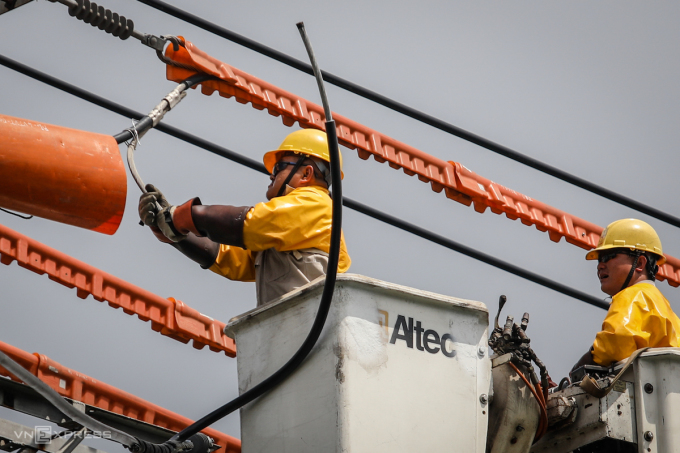
Ho Chi Minh City Electricity workers repair power lines. Photo: Thanh Nguyen
Not to mention, hydropower - a cheap source of electricity - is currently limited because the lakes are dry, and the electricity output is very low. The power system is mobilizing electricity sources with higher production costs (thermal power, gas, renewable electricity, oil-fired) to have enough electricity for production and consumption.
Associate Professor, Dr. Bui Xuan Hoi, Principal of the College of Electricity, commented that market signals in the power generation stage have not been fully reflected in the electricity price applied to end consumers.
According to Mr. Hoi, EVN's current input electricity price is market-based (meaning that electricity generating companies, including EVN's member companies, are allowed to sell at high prices when costs increase), while the output price is regulated by the State. That is, the price regulation policy and price adjustment mechanism are causing retail prices to not reflect the market mechanism. Therefore, EVN is making losses, while power generating companies, including EVN's subsidiaries, are making profits.
Previously, in March, the Ministry of Industry and Trade announced the 2022 electricity production cost, showing that the total cost of electricity production and business of this enterprise was nearly VND493,300 billion. This level is equivalent to a production price of more than VND2,032 per kWh, an increase of 9.27% compared to 2021.
Meanwhile, the average retail price of electricity has remained at over VND1,864 per kWh since March 2019, causing EVN to lose nearly VND168 per kWh of electricity sold. Last year, the group lost over VND36,294 billion from electricity production and trading. If other financial income is deducted, the loss is reduced to VND26,236 billion.
This loss, according to the Ministry of Industry and Trade, is mainly due to the increase in power generation of 21.5% compared to 2021, more than 412,243 billion VND. Last year, fuel prices for power production, such as coal and gas, skyrocketed. For example, blended coal increased by 34-46% compared to the same price in 2021; while imported coal prices increased by 163% compared to the average in 2021.
Source link




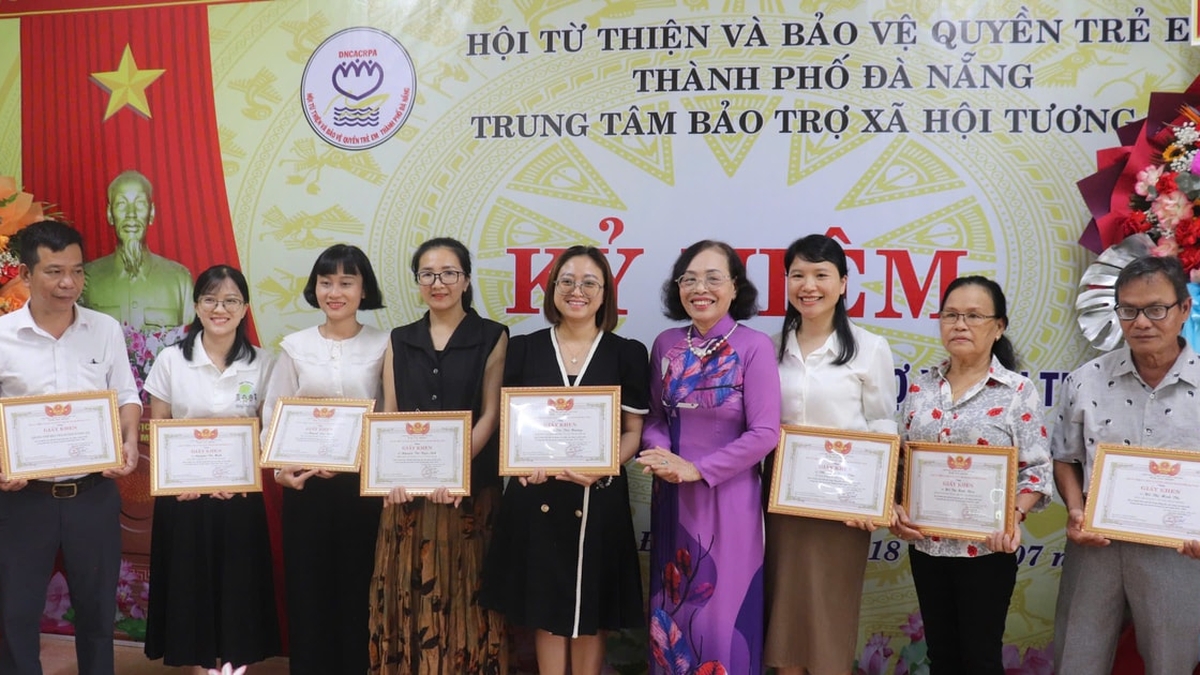




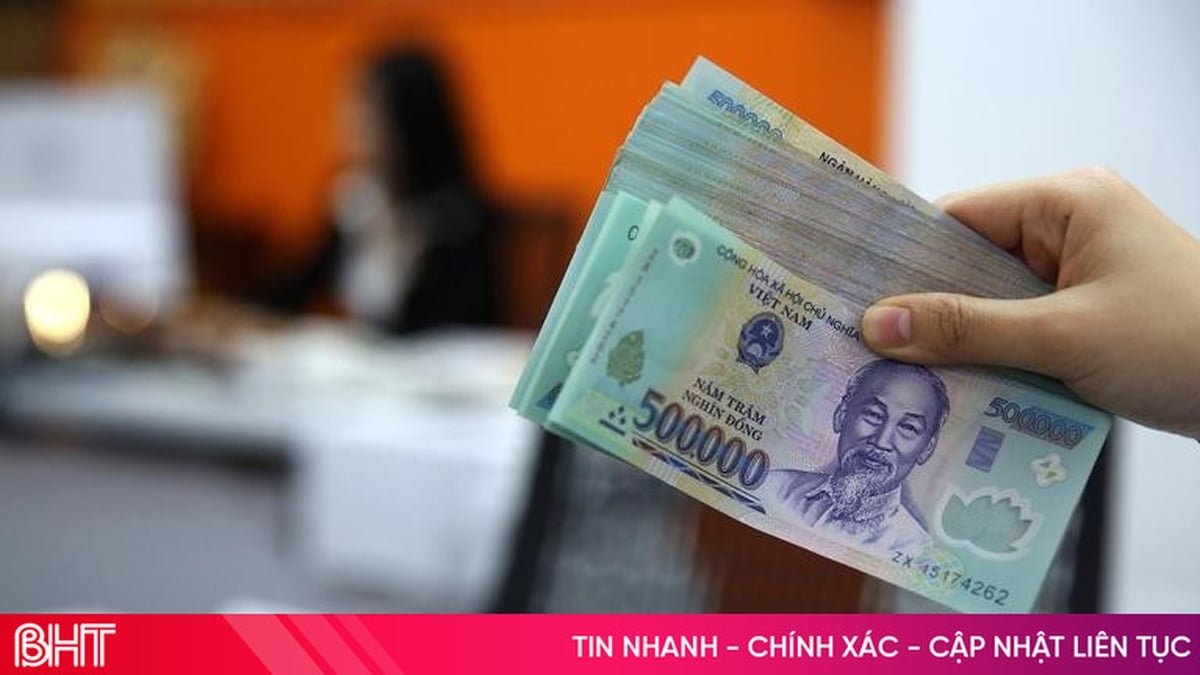
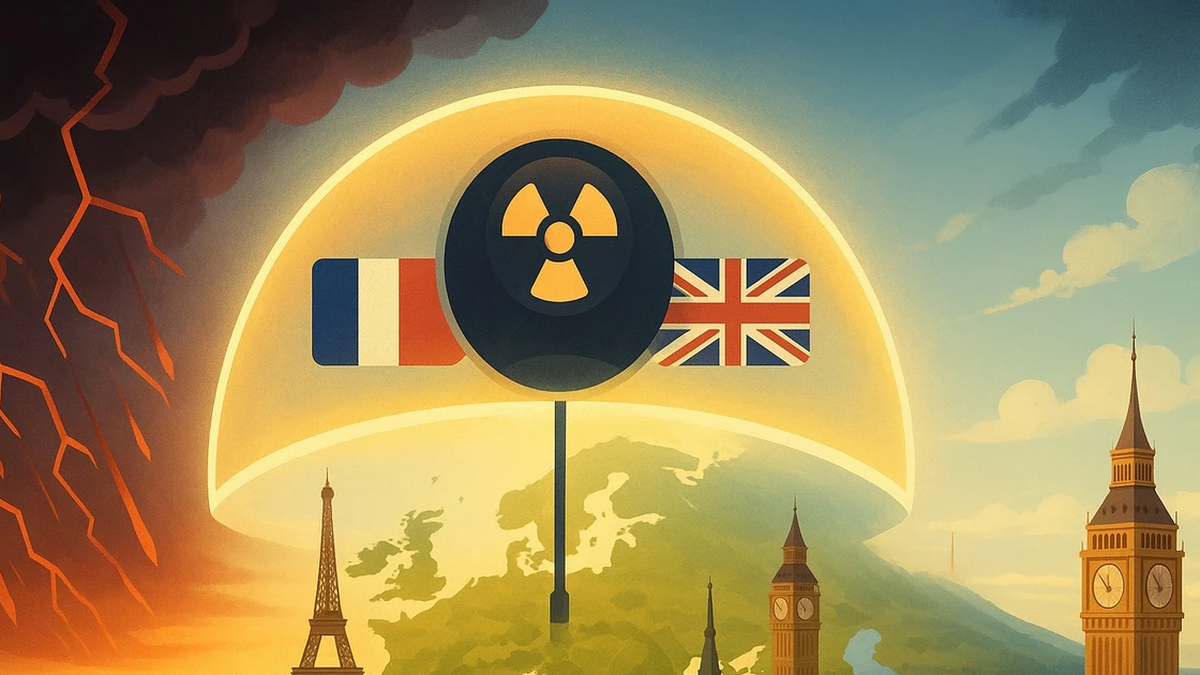



















![[Photo] National Assembly Chairman Tran Thanh Man visits Vietnamese Heroic Mother Ta Thi Tran](https://vphoto.vietnam.vn/thumb/1200x675/vietnam/resource/IMAGE/2025/7/20/765c0bd057dd44ad83ab89fe0255b783)






























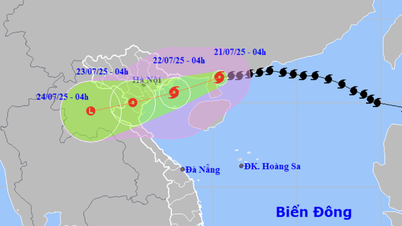




































Comment (0)